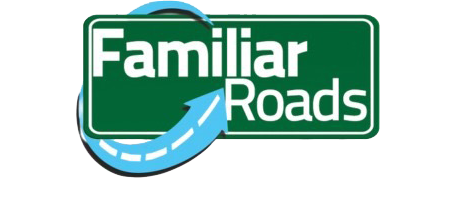Navigating interactions with individuals with disabilities can sometimes be daunting if you’re unsure of the appropriate etiquette. However, with a few simple guidelines, you can communicate respectfully and effectively.
According to the CDC, a disability is a condition that may make it more challenging for someone to engage in certain activities or interact with the world around them. The ADA provides a similar definition, emphasizing limitations in one or more major life activities due to a physical or mental impairment.
Adopt Person-First or Identity-First Language Use phrases like “person with a disability” instead of “disabled person” to emphasize the individual before the disability.

Engage in Direct Communication When meeting someone with a disability, address them directly rather than speaking through a companion or interpreter. Offer a handshake or a friendly gesture to show you acknowledge their presence.
Allow the individual to lead any discussion related to their disability and respect their choice to decline assistance. People with disabilities are the best judges of what they need and do not need help with.
Interacting with Individuals with Physical Disabilities Assistive devices like wheelchairs and walkers are part of an individual’s personal space and should be respected as such.
Approaching Intellectual and Speech Disabilities People with intellectual disabilities may experience challenges with various skills, and those with speech disabilities might have difficulty being understood.
Understanding Sensory Disabilities Communication with individuals who have visual or hearing disabilities requires consideration of their preferred methods.
Recognize the Individual Remember, each person, with or without a disability, has their own set of aspirations and preferences. By treating each individual with respect and recognizing their uniqueness, you lay the foundation for an inclusive and welcoming interaction.
Know someone who could benefit from our services? Share our passion and commitment with them. Referrals are the biggest compliment!
Need Assistance? Financial constraints shouldn’t stop you from getting the best care. Explore options and get the support you truly deserve.
Contact Familiar Roads Home Health to learn more about our personalized care plans. Make today the day you prioritize your health!

Copyright © 2023 Familiar Roads Home Health Care Agency, All rights reserved
Made By Digi Grows LLC